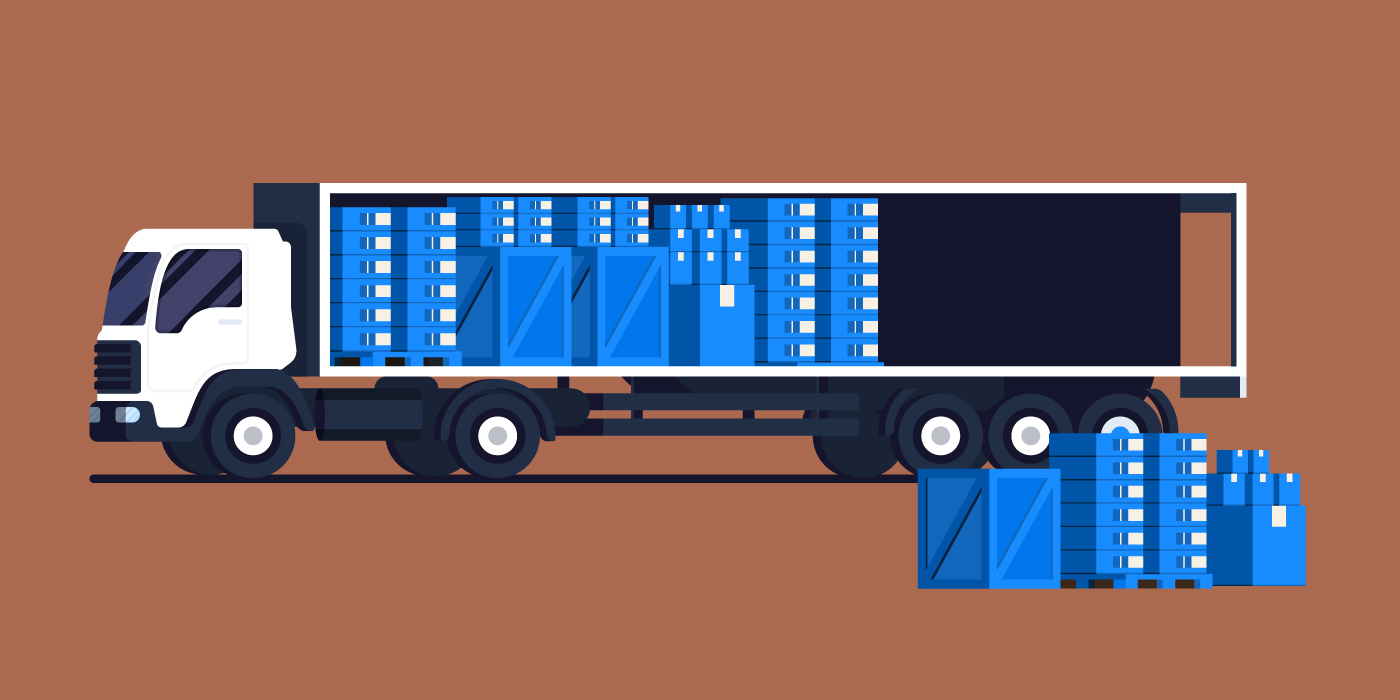Proper load balancing not only ensures the safety of truck drivers on the road but also prevents damage to the cargo, minimizes wear and tear on the vehicle, and enhances fuel efficiency. In this article, we will explore the importance of load balancing for truckers’ safety and provide tips for achieving it.
The Significance of Load Balancing
1. Safety on the Road. Load balancing is paramount for maintaining the stability and control of a truck. An improperly balanced load can lead to difficulties in steering, braking, and maintaining lane position. This imbalance can cause accidents, especially when faced with sudden maneuvers or adverse weather conditions. In the interest of truckers’ safety and the safety of all road users, load balancing cannot be overstated.
2. Cargo Integrity. Beyond safety, proper load balancing is essential for preserving the integrity of the cargo. When the load is unevenly distributed, there is an increased risk of cargo shifting during transit, resulting in damage to goods, making the entire shipment potentially unusable. This not only impacts the trucking company but can also lead to disputes and dissatisfied customers.
3. Vehicle Longevity. Balanced loads contribute to the longevity of the truck itself. Excessive strain on one side of the vehicle can lead to premature wear and tear on the suspension, tires, and other critical components. Maintaining load balance can help reduce maintenance costs and increase the lifespan of the truck.
4. Fuel Efficiency. Fuel efficiency is a significant concern for truckers and the industry as a whole. Poor load balancing can increase fuel consumption because an imbalanced load creates additional drag, reducing the truck’s overall efficiency. A balanced load helps in optimizing fuel consumption, which is not only cost-effective but also better for the environment.
Achieving Proper Load Balancing
1. Know the Weight Limits. Before loading the truck, it’s essential to understand the vehicle’s weight limits and the regulations in your region. These limits may include maximum gross vehicle weight, axle weight, and more. Adhering to these regulations is not only a legal requirement but also essential for safety.
2. Distribute the Weight Evenly. When loading the cargo, aim to distribute the weight as evenly as possible. Place the heaviest items at the center of the truck bed and work outward. Use restraints like straps and tie-downs to secure the cargo in place.
3. Use Scales and Load Monitors. Invest in scales and load monitoring technology to ensure your load stays within safe weight limits. Many modern trucks come equipped with load monitoring systems that can provide real-time feedback to help maintain balance during transit.
4. Periodic Rechecks. Don’t assume that your load will remain perfectly balanced throughout the journey. Regularly check and adjust the load as necessary during rest stops to account for any shifting or settling of the cargo.

Load balancing is not just a technical aspect of trucking; it is a fundamental component of safety and efficiency. Truckers must prioritize load balancing to ensure their safety on the road, protect the cargo they carry, extend the life of their vehicles, and reduce operational costs. By following the tips and guidelines mentioned in this article, truckers can play a significant role in enhancing safety for themselves and all other road users.
